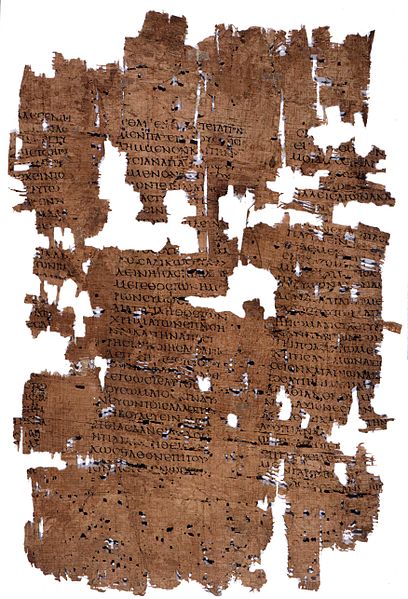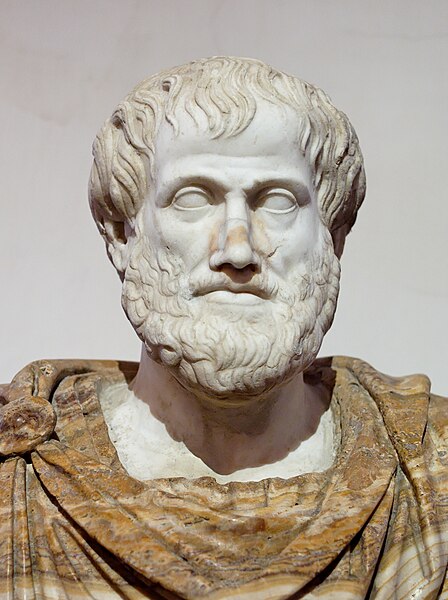Isocrates was an ancient Greek rhetorician, one of the ten Attic orators. Among the most influential Greek rhetoricians of his time, Isocrates made many contributions to rhetoric and education through his teaching and written works.
Bust of Isocrates; plaster cast in the Pushkin Museum of the bust formerly at Villa Albani, Rome
Isocrates sculpture located at the Parc de Versailles
P. Oxy. 1183, late-1st-century-AD papyrus containing Isocrates's Trapeziticus 44–48.
Isokratous Apanta (1570)
Rhetoric is the art of persuasion. It is one of the three ancient arts of discourse (trivium) along with grammar and logic/dialectic. As an academic discipline within the humanities, rhetoric aims to study the techniques that speakers or writers use to inform, persuade, and motivate their audiences. Rhetoric also provides heuristics for understanding, discovering, and developing arguments for particular situations.
Painting depicting a lecture in a knight academy, painted by Pieter Isaacsz or Reinhold Timm for Rosenborg Castle as part of a series of seven paintings depicting the seven independent arts. This painting illustrates rhetoric.
Jesus was a preacher in 1st-century Judea.
A marble bust of Aristotle
Bust of Marcus Tullius Cicero








